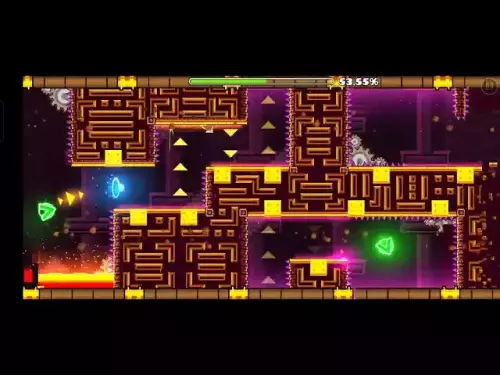-
 bitcoin
bitcoin $109547.008142 USD
0.04% -
 ethereum
ethereum $4011.838726 USD
-0.05% -
 tether
tether $1.000402 USD
-0.01% -
 xrp
xrp $2.798606 USD
0.88% -
 bnb
bnb $970.877944 USD
1.39% -
 solana
solana $202.237275 USD
-0.95% -
 usd-coin
usd-coin $0.999673 USD
0.00% -
 dogecoin
dogecoin $0.229294 USD
-1.15% -
 tron
tron $0.336370 USD
-0.45% -
 cardano
cardano $0.777260 USD
-1.66% -
 hyperliquid
hyperliquid $45.503019 USD
1.73% -
 ethena-usde
ethena-usde $1.000362 USD
0.01% -
 chainlink
chainlink $20.785303 USD
-1.10% -
 avalanche
avalanche $28.755822 USD
-0.11% -
 stellar
stellar $0.358303 USD
-0.48%
What should I do after a break below the middle Bollinger Band? Should I reduce my position?
A break below the middle Bollinger Band can signal weakening momentum, especially with high volume and bearish RSI/MACD divergence, prompting caution or partial profit-taking.
Sep 17, 2025 at 11:18 pm
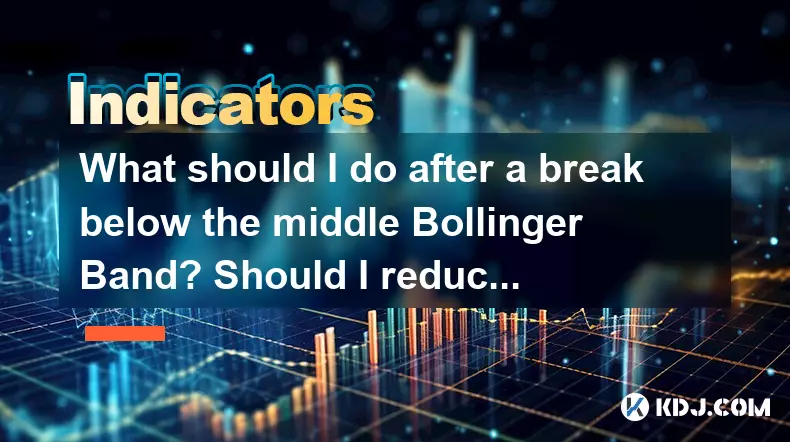
Understanding the Significance of a Break Below the Middle Bollinger Band
1. A break below the middle Bollinger Band often signals weakening momentum in an uptrend, especially when confirmed by volume and other technical indicators. This band, which typically represents the 20-day simple moving average, acts as dynamic support during bullish phases. When price closes beneath it, it may indicate that short-term sentiment is shifting.
2. Traders should assess whether the break occurs after an extended rally or within a consolidation phase. In overextended markets, such a break can foreshadow deeper corrections. The context of broader market structure—such as higher time frame trends and key support zones—is essential to avoid misinterpreting noise as reversal.
3. It’s important to differentiate between a brief penetration and a sustained close below the midpoint. Volatility spikes, news events, or whale movements can cause temporary breaches without meaningful follow-through. Waiting for confirmation over multiple candles reduces false signals.
4. Volume analysis plays a crucial role. A drop below the middle band on elevated volume suggests strong selling pressure and increases the likelihood of continuation to lower bands or beyond. Low-volume breaks may be ignored as they lack conviction.
5. Monitoring divergence with oscillators like RSI or MACD can strengthen the signal. Bearish divergences alongside a mid-band break increase the probability of downside acceleration.
Actionable Steps After a Mid-Band Break
1. Evaluate your current position size relative to account risk parameters. If you're holding a large exposure, a break below the middle Bollinger Band might justify trimming part of the position to lock in gains and reduce vulnerability.
2. Adjust stop-loss orders below recent swing lows rather than relying solely on the Bollinger Band. This method incorporates price action while respecting volatility-based levels. Tightening stops helps preserve capital during uncertain transitions.
3. Consider scaling out incrementally instead of exiting entirely. Selling a portion allows participation if price rebounds while reducing downside exposure. Many professional traders use tiered exit strategies aligned with technical thresholds.
4. Look for confluence with horizontal support levels or Fibonacci retracements. A break near a significant demand zone may offer better risk-reward for holding versus one occurring in open space with no nearby support.
5. Refrain from adding new long positions until there's evidence of stabilization, such as bullish candlestick patterns or reclamation of the middle band with volume confirmation.
Role of Market Context in Decision-Making
1. In strongly trending markets, temporary breaks below the middle band are common and often lead to resumption of the primary trend. These should not trigger panic exits but prompt closer monitoring.
2. Range-bound or choppy markets make mid-band breaks more reliable as mean-reversion signals. Prices tend to gravitate back toward the average, offering opportunities to fade extreme moves.
3. Altcoins often exhibit exaggerated reactions compared to Bitcoin. A break below the middle Bollinger Band in a low-liquidity altcoin may reflect manipulation or thin order books rather than genuine trend change.
4. Correlation with Bitcoin’s movement must be evaluated. If BTC remains stable or bullish, isolated altcoin weakness may be temporary. However, if both are breaking down, the bearish case strengthens significantly.
5. On-chain metrics such as exchange inflows, funding rates, and wallet activity can provide additional context. Rising sell pressure on exchanges combined with a technical breakdown increases downside risk.
Frequently Asked Questions
Can a break below the middle Bollinger Band be a buying opportunity?Yes, in established uptrends, such breaks often represent healthy pullbacks. If accompanied by declining volume and quick recovery, they can mark optimal entry points for trend followers.
How do I distinguish between a fakeout and a real breakdown?Watch for closing prices over several periods rather than wicks. Real breakdowns usually sustain below the band with increasing volume and follow-up selling across subsequent candles.
Should I use Bollinger Bands differently on various timeframes?Absolutely. On shorter timeframes like 15-minute charts, bands react more frequently to noise. Higher timeframes such as daily or weekly provide stronger, more reliable signals due to reduced volatility distortion.
Is it wise to short after a break below the middle band?Not automatically. Shorting requires additional confirmation—like rejection at resistance, rising volume, and alignment with broader downtrends. Blind shorting based on this single signal carries high risk.
Disclaimer:info@kdj.com
The information provided is not trading advice. kdj.com does not assume any responsibility for any investments made based on the information provided in this article. Cryptocurrencies are highly volatile and it is highly recommended that you invest with caution after thorough research!
If you believe that the content used on this website infringes your copyright, please contact us immediately (info@kdj.com) and we will delete it promptly.
- Crypto Whales, PEPE, and Meme Coins: What's the Hype?
- 2025-09-28 18:25:15
- Cathie Wood, Hyperliquid, and Solana Development: A New Era in Crypto?
- 2025-09-28 19:05:16
- Polkadot pUSD: NYC's Take on Decentralized Stability
- 2025-09-28 18:25:15
- Chainlink, Remittix, and Price Gains: A Tale of Two Cryptos
- 2025-09-28 19:05:16
- Altcoins, Portfolios, and Millions: Decoding the Crypto Bull Run
- 2025-09-28 19:10:01
- SWIFT, Ethereum, and Linea: Revolutionizing Global Banking?
- 2025-09-28 18:30:01
Related knowledge
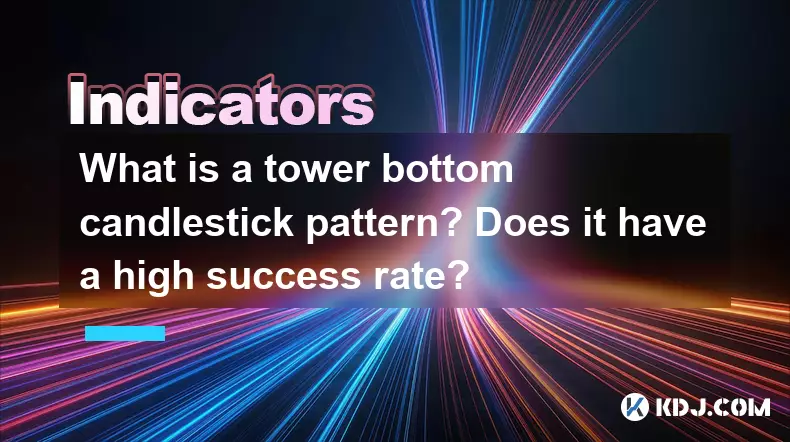
What is a tower bottom candlestick pattern? Does it have a high success rate?
Sep 22,2025 at 07:18am
Tower Bottom Candlestick Pattern Explained1. The tower bottom candlestick pattern is a reversal formation that typically appears at the end of a downt...
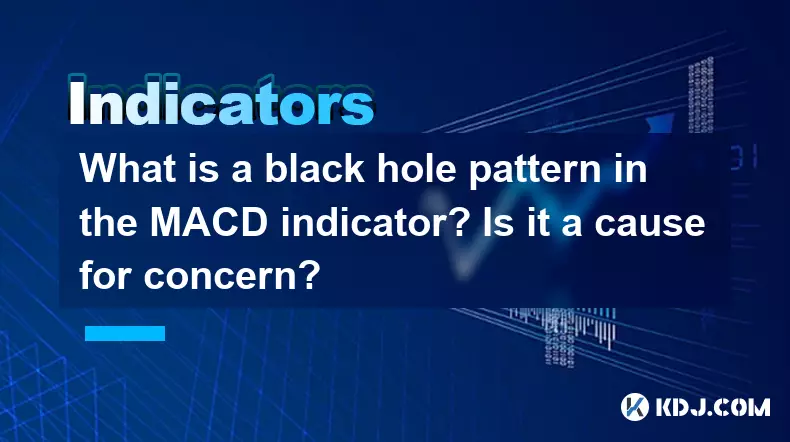
What is a black hole pattern in the MACD indicator? Is it a cause for concern?
Sep 21,2025 at 06:54pm
Bitcoin's Role in Decentralized Finance1. Bitcoin remains the cornerstone of decentralized finance, serving as a benchmark for value and security acro...

How can I use the psychological line (PSY) to determine market sentiment?
Sep 17,2025 at 02:19pm
Understanding the Psychological Line (PSY) in Cryptocurrency TradingThe Psychological Line, commonly referred to as PSY, is a momentum oscillator used...
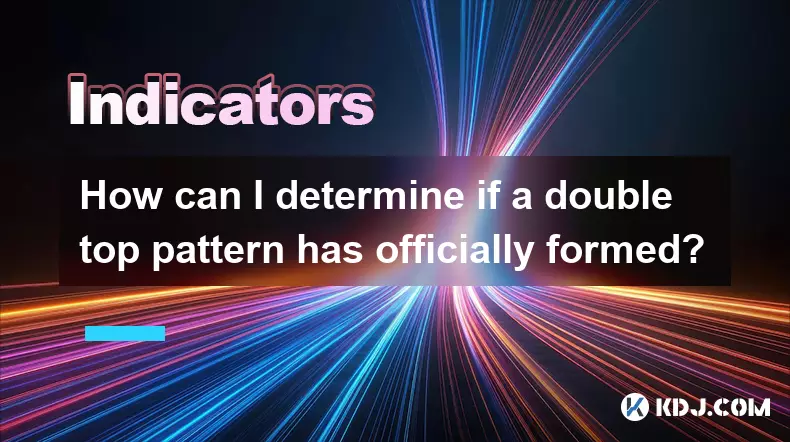
How can I determine if a double top pattern has officially formed?
Sep 21,2025 at 03:18am
Understanding the Structure of a Double Top Pattern1. A double top pattern consists of two distinct peaks that reach approximately the same price leve...
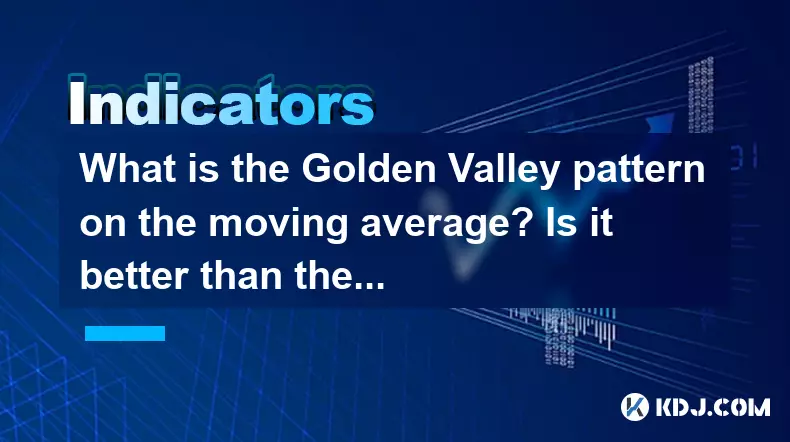
What is the Golden Valley pattern on the moving average? Is it better than the Silver Valley pattern?
Sep 21,2025 at 02:54pm
Understanding the Golden Valley Pattern in Moving Averages1. The Golden Valley pattern is a technical formation observed in cryptocurrency price chart...

What does a death cross of the RSI in the strong zone (above 50) mean?
Sep 17,2025 at 10:54pm
Understanding the Death Cross in RSI Context1. The term 'death cross' is traditionally associated with moving averages, where a short-term average cro...

What is a tower bottom candlestick pattern? Does it have a high success rate?
Sep 22,2025 at 07:18am
Tower Bottom Candlestick Pattern Explained1. The tower bottom candlestick pattern is a reversal formation that typically appears at the end of a downt...

What is a black hole pattern in the MACD indicator? Is it a cause for concern?
Sep 21,2025 at 06:54pm
Bitcoin's Role in Decentralized Finance1. Bitcoin remains the cornerstone of decentralized finance, serving as a benchmark for value and security acro...

How can I use the psychological line (PSY) to determine market sentiment?
Sep 17,2025 at 02:19pm
Understanding the Psychological Line (PSY) in Cryptocurrency TradingThe Psychological Line, commonly referred to as PSY, is a momentum oscillator used...

How can I determine if a double top pattern has officially formed?
Sep 21,2025 at 03:18am
Understanding the Structure of a Double Top Pattern1. A double top pattern consists of two distinct peaks that reach approximately the same price leve...

What is the Golden Valley pattern on the moving average? Is it better than the Silver Valley pattern?
Sep 21,2025 at 02:54pm
Understanding the Golden Valley Pattern in Moving Averages1. The Golden Valley pattern is a technical formation observed in cryptocurrency price chart...

What does a death cross of the RSI in the strong zone (above 50) mean?
Sep 17,2025 at 10:54pm
Understanding the Death Cross in RSI Context1. The term 'death cross' is traditionally associated with moving averages, where a short-term average cro...
See all articles






















